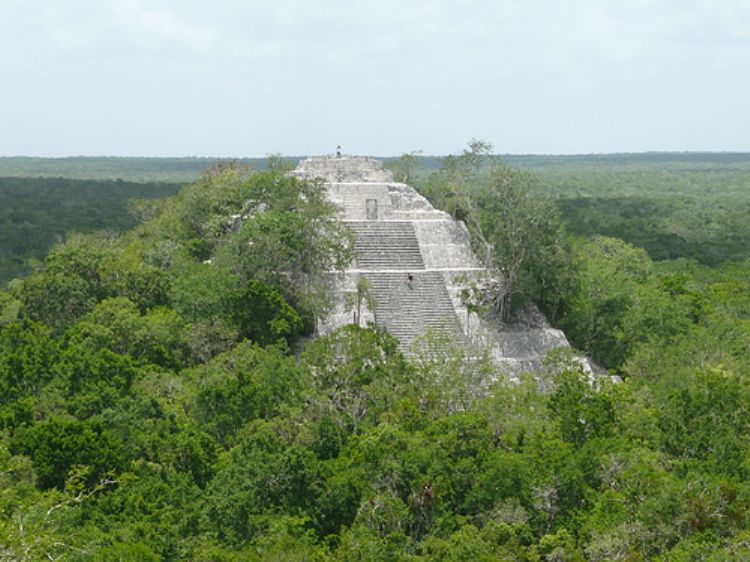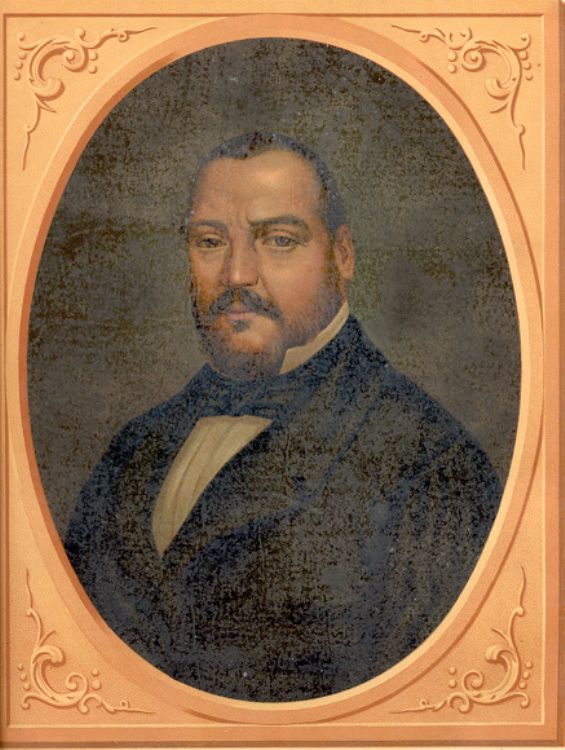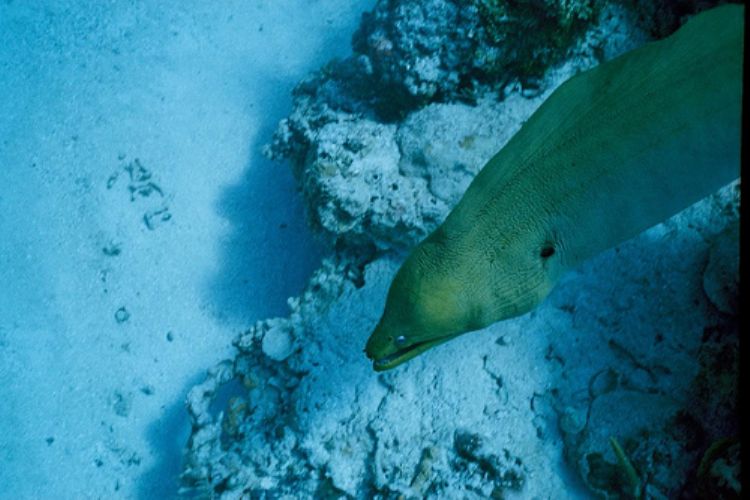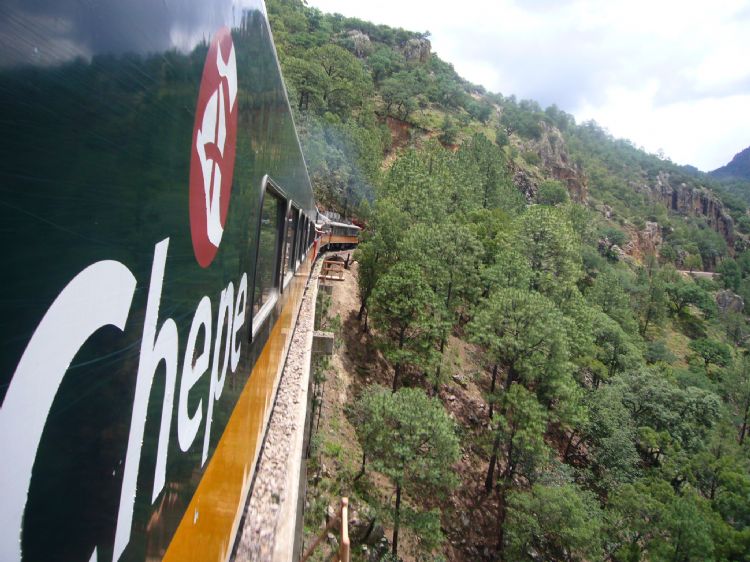
Consejo Nacional para la Cultura (National Council for Cu...

Campeche ha's main attraction is its great natural heritage, divided into 4 great natural regions: coast, mountain, rivers and jungle. All of these regions have facilities and elements for practicing alternative tourism, such as environmental, adventure and rural tourism.
Campeche has six natural protected areas: Calakmul Biosphere, considered Mexico's largest tropic reserve; Laguna de Términos, classified as a natural sanctuary for dolphin, tortoiseshell turtle and manatee breeding; Rio Celestum is the largest mangrove area on the Gulf of Mexico; Petenes is comprised of islets with a jungle that grows among the mangroves; Balam Kin Reserve is a heavenly mosaic of natural landscapes and Balam Ku Reserve is a natural border between the northern and southern forests and a famous bat sanctuary.
Laguna de Términos, also known as ÂÂ"Mayab MesopotamiaÂÂ", was declared natural protected area in 1994. This is where the Palizada, Zapote, Marentes del Este, Chumpan and Candelaria rivers converge over a surface of 705,000 hectares that are part of the country's largest hydrological basin. In February 2004 it became part of the RAMSAR list which loates it in the list of unique crucial wetlands for the preservations of the world's biodiversity.
Located in the municipality of Carmen, Laguna de Términos is an environmental complex conformed by numerous ecosystems coexisting in fragile harmony. The most abundant is the mangrove, but there are also three types of jungles, scrublands, coastal dunes and marine lawns.
The service offer for visiting these exciting areas of Mexico range from tours through the state's mangroves on boats or kayaks, to hiking, mountain biking, horseback riding, photo safaris, archeological routes and even crafts and cuisine workshops.
ÂÂ"X' Tacumbilxuna' AnÂÂ" Grottos offer a light and sound show, combining technology with natural beauty, intertwining unique images, sounds and feelings. Memorable concerts and unforgettable multimedia shows have been enjoyed here, close to the city of Hopelchen in Campeche.
The current territory of Campeche belongs to one of the five cultural areas of the Great Mesoamerica, a witness of the settlements, development, flourishing and decline of the Mayan Civilization that currently turns it into one of the great lands where there are still Mayan ruins.
Edzna is located only 45 minutes from San Francisco de Campeche, this Pre-Hispanic city is surprising for the engineering with which it was built. In Chicanná, the zoomorphic buildings decorated with the image of the land monster Itzam opens its jaws to welcome us into the Mayan underworld through its sacred doors.
Becán is the city-state that ruled over small towns in the region and was once surrounded by a moat that protected it from its enemies; its great buildings have prompted scientific and anthropological interest for its importance among Prehispanic societies. Xpuhilm is the municipality's capital and one of its buildings has three watchtowers, one of which still exhibits the image of a deity looking out into the horizon waiting for the solar twilight.
Balamku was a Mayan city located in front of the highway that leads to Calakmul, it is a short but crucial tour for the stucco sculpture found in one of its buildings, it is a frieze rich in icons that are especially important for art and Mayan culture researchers.
Calakmul, only 30 Km from the border with Guatemala, is an archeological area and natural biosphere, recognized as World Heritage by UNESCO in 2002. The archeological zone of Calakmul was once the largest city of the Mayan Empire, the center of Sneak Head Kingdom who was defeated by Tikal.
1,469 animal species that inhabit and nest at this place are registered, besides concentrated the greatest number of dolphins in the Gulf of Mexico. Many of the species found here are currently at risk of extintion, including turtles, falcons, jaguars, storks, boas and tortoises.
The Environmental Preservation Area ÂÂ"Balam KimÂÂ" is exclusively restricted to scientific research and environmental education, hosting five of the six species of felines found on Mexican soil and some endemic birds.
Calakmul is part of the Biosphere Reserve. Upon arriving at the archeological area, visitors are warmly welcomed by the exotically beautiful songs of toucans and parrots, plus the wings of doves and wild turkeys. There are also amazing mammals, such as raccoons, rabbits and armadillos who frequently go out for a walk, the dominant sound of the mantled howler is a spectacular way to let you know you are getting close to the great Mayan buildings protected by a dense vegetation. Pyramids I and II, with their impressive 55 meters height, offer you an unforgettable view of the Reserve.
Thanks to the restoration work lead by the state government, the walled city of Campeche was declared World Cultural Heritage Site by the UNESCO in 1999. Lovely colonial buildings like the Nuestra Señora de la Purísima Concepción cathedral, the former temple of San Jose, the Carvajal Mansion, the Casa de la Cultura and the Casa de Las Artesanias or Crafts House, are protected by the beautiful baluartes or surveillance towers of San Juan, Santiago, San Miguel, Soledad, San Carlos, Santa Rosa, San Francisco, San Pedro and San Jose, and by the gates of Puerta de Tierra and Puerta de Mar.
Close to the Puerta de Tierra, visitors will have the opportunity to see an amazing show recreating the many European pirate attacks Campeche had to endure throughout its history.
The Archeological Museum of Hecelchakan was founded in 1965 and located downtown of Hecelchakan city. The Mayan Archeology Museum is known for its great heritage of Mayan sculptures and located at the Historic Center of Campeche.
The Museum of Boats and Arms, complete restored, lets us admire an interesting exhibit of boats and arms from the colonial era, framed by the military architecture of Reducto de San Jose el Alto. The Fort of San Miguel is found at the Museum of Mayan Culture, located in the city of Campeche on Escénica Avenue.
Zonas Arqueológicas en Campeche; Santa Rosa Xtampak y Kankí
Zonas Arqueológicas en Campeche; Jaina y Okolhuitz
Zonas Arqueológicas en Campeche; Hochob y Hormiguero
Zonas Arqueológicas en Campeche; Dzibilnocac y Edzná
Zonas Arqueológicas en Campeche; Chicanná y Chunhuhub
Zonas Arqueológicas en Campeche; Balamkú y Becán

Consejo Nacional para la Cultura (National Council for Cu...

One of Mexicoâs fundamental problems is migratory flow....

Mexicoâs War of Reform, also known as the Three Year Wa...

The latest additions of UNESCO show a concern for preserv...

Located 12 miles to the west of the coasts of Quintana Ro...

The Chepe is a train that travels from the city of Chihua...
.jpg)